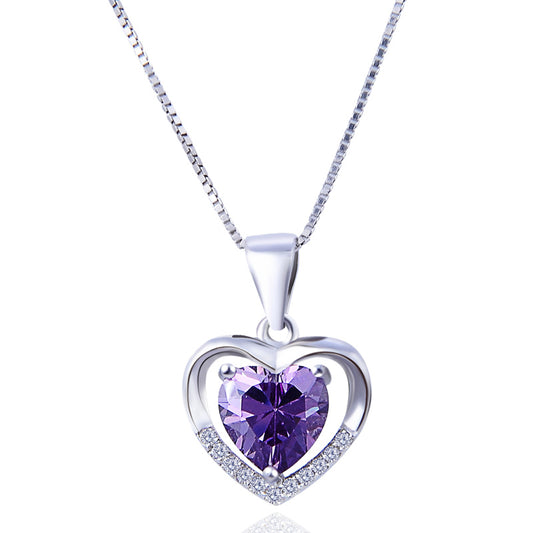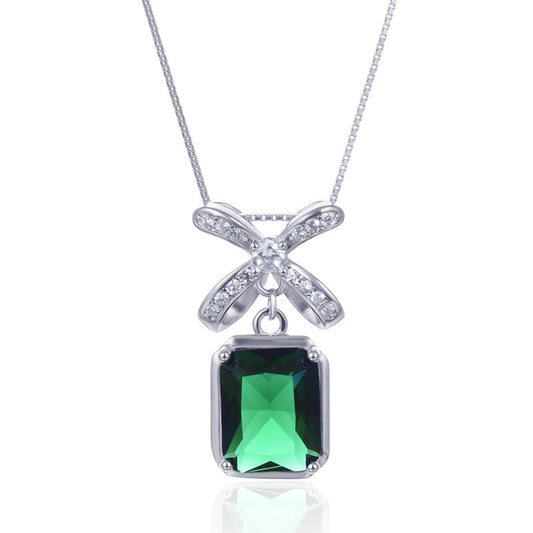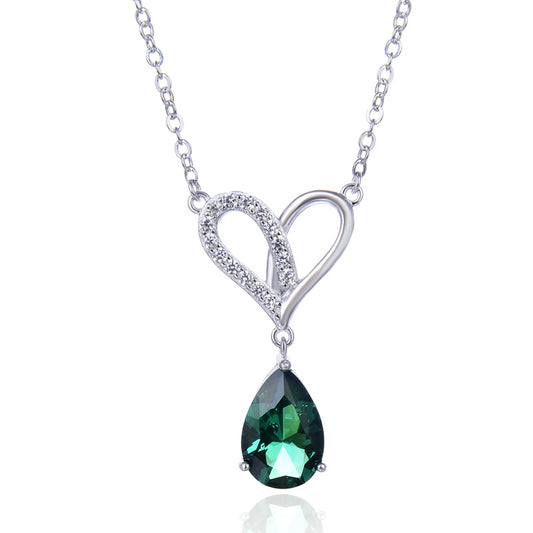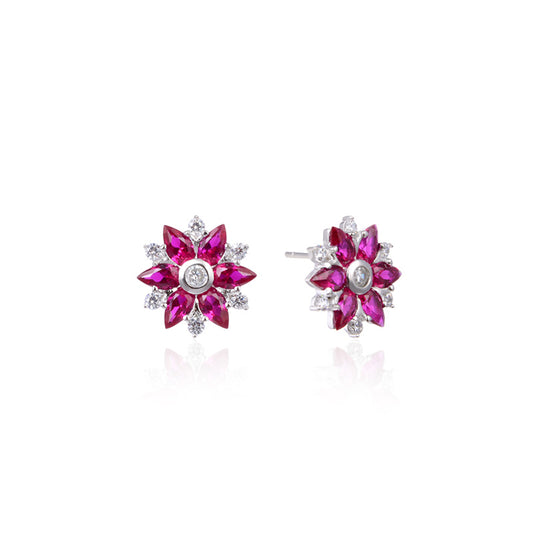The Allure and Controversy of Micro Bikini Models
In the vast expanse of the internet, searches for micro bikini models reveal a unique intersection of fashion, sexuality, and popular culture. These models, often showcased in revealing swimwear, have become a fixture in certain corners of the web, drawing both admiration and criticism. Their images, spread across various platforms, raise questions about female representation, body positivity, and the commercialization of sexuality.
The allure of micro bikini models lies partly in their display of confidence and physical beauty. In a culture that often equates attractiveness with success and power, these models become symbols of an idealized femininity. Their photoshoots in exotic locations, donning barely-there bikinis, are not just about showcasing swimwear; they're about selling a lifestyle, a dream of glamour, freedom, and sexual allure.
However, this idealization comes at a cost. The hypersexualization of these models can sometimes overshadow their humanity, reducing them to objects of desire rather than complex individuals. This objectification is not without its consequences. It can reinforce harmful beauty standards and perpetuate the idea that a woman's worth is tied to her physical appearance.
The rise of micro bikini models also speaks to broader social and cultural shifts. With the advent of social media, the traditional modeling industry has undergone significant changes. Today, anyone with a smartphone and an Instagram account can become a so-called "influencer," sharing their looks and lifestyles with a global audience. Micro bikini models are, in a sense, the extreme end of this trend, pushing the boundaries of what is considered acceptable in mainstream fashion and advertising.
But where does this leave us in terms of ethics and aesthetics? On one hand, these models challenge conventional beauty standards and promote body positivity by showing different body types and sizes. On the other hand, they can also contribute to the sexualization of women and girls, perpetuating harmful stereotypes and expectations.
The discussion around micro bikini models often leads to larger debates about feminism, sexism, and the role of women in society. Some argue that these models empower women by allowing them to take ownership of their sexuality and bodily autonomy. Others counter that this type of modeling reinforces patriarchal structures and the male gaze, objectifying women and reducing them to sexual commodities.
The controversy doesn't end there. The rise of these models has also led to increased scrutiny of the fashion and modeling industries, which have long been criticized for their lack of diversity and inclusivity. While micro bikini models might represent a certain degree of body positivity, they often still conform to conventional standards of beauty, excluding those who don't fit the mold.
In the realm of social media, where likes, shares, and comments can make or break a career, micro bikini models occupy a unique and controversial space. Their images are often shared widely, generating both praise and criticism. Some praise these models for their confidence and beauty, while others condemn them for perpetuating harmful beauty and body standards.
Ultimately, the discussion around micro bikini models raises important questions about representation, sexism, and the fashion industry. While these models might embody a certain kind of freedom and empowerment, they also exist within a larger cultural and commercial framework that often objectifies and commodifies women's bodies. Navigating these complexities requires a nuanced understanding of feminism, sexism, and the role of fashion in constructing and perpetuating social norms.
As we continue to grapple with these issues, it's important to remember that micro bikini models, like all people, are multifaceted individuals deserving of respect and agency. Their choices, while controversial, are theirs to make, and they should not be reduced to mere objects of desire or scrutiny. Instead, we should strive to create a more inclusive and diverse fashion industry that celebrates all body types and sizes, while also critically examining the role of fashion and advertising in shaping our cultural values and expectations.








